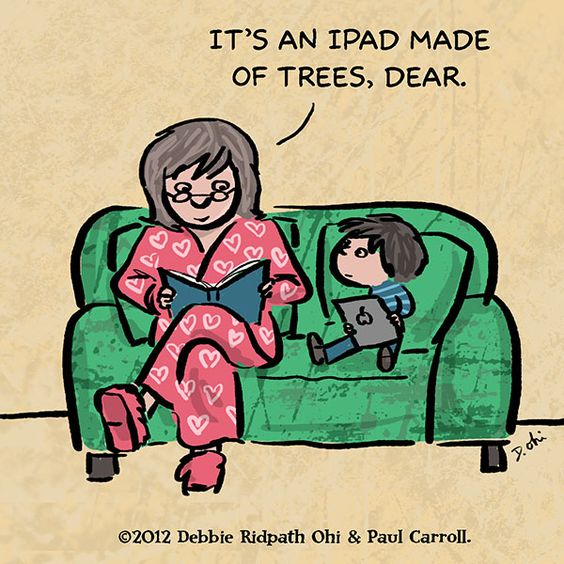From driverless cars to cloud connected robots, 3D printed organs to environmentally adaptive clothing, the fourth industrial revolution is expected to present a world of limitless possibilities. Klaus Schwab categorises the most prominent mega-trends of the fourth revolution into 3 main ‘clusters’; biological, digital and physical. Although identified as three individual groups, the realities and consequences derived from each are by no means separate. Each deeply dependent on digital power, every new innovation that takes place will arise from the complex interrelation between the three main ‘clusters’. Yet whilst we face an array of substantial changes that promise to change the world as we know it, not all changes are expected to impact humanity for the better.
With information technology changing faster than ever before, perhaps science is progressing faster than we can address the ethical, social and economical challenges it poses. Are we capable of understanding the world that our ‘on demand’ economy is screaming for? As we increasingly move in a completely digitalised environment, the risk of segregation and global inequality is an issue that will only become more prominent as digital participate becomes a crucial part of ones health and wellbeing both socially and physically.
Klaus Schwab provides a detailed insight into the current movements of the global economy and exacerbating tensions between new technology and ethical compliance.
Whilst not a particularly heavy read in language or expression of critical ideas, ‘The Fourth Industrial Revolution’ provides a captivating blend of fascinating projections and morally perplexing issues. Despite feeling as if left at near drowning point as I try to resurface from the perplexing nature of this article, I neither feel alarmed nor nonchalant but rather, explicitly informed.




